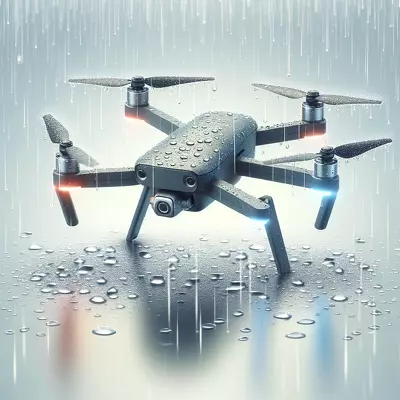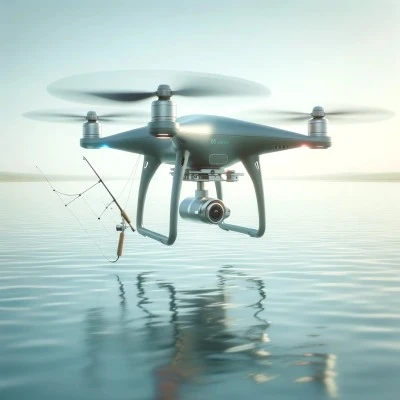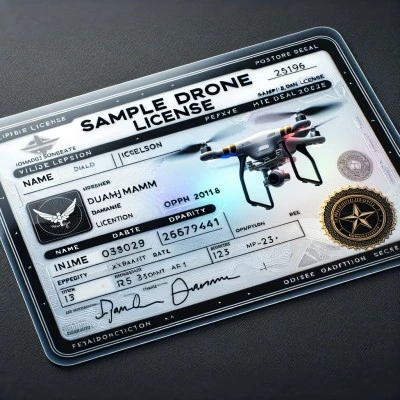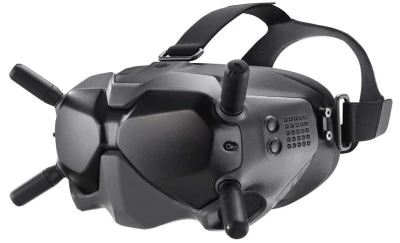Aerial Predicaments: Navigating the Challenge of a Drone Stuck in a Tree
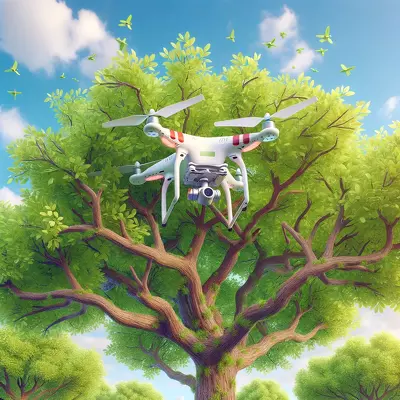
Unmanned aerial vehicles, commonly known as drones, have revolutionized photography, surveillance, and recreational flying. Despite their technological advancements, these devices sometimes encounter challenges, such as becoming entangled in the branches of trees. This situation presents not only a hurdle for operators but also raises questions about retrieval methods, potential damage, and the implications for both the drone and the environment.
I. Introduction
In the rapidly evolving world of uncrewed aerial vehicles or drones, enthusiasts and professionals alike encounter a myriad of challenges. Among these, the issue of drones becoming lodged in trees stands out as a common yet complex problem to solve. This article delves into the causes, immediate actions, advanced retrieval methods, preventive measures, and the legal and environmental implications of drones stuck in trees, offering comprehensive insights into navigating these incidents.
II. Common Causes of Drones Getting Stuck in Trees
A. Pilot Error
Often, the primary cause of drones ending up in trees is pilot error. Inexperience, overconfidence, or misjudgment of spatial distances can lead to miscalculations in flight paths, resulting in collisions with trees.
B. Technical Failures
Drones are sophisticated pieces of technology that, despite their advanced capabilities, are not immune to technical failures. Issues such as battery failure, signal loss, or hardware malfunctions can lead to uncontrolled flights or crash into arboreal obstacles.
C. Environmental Factors
Environmental factors such as strong winds, unexpected weather changes, or obscured vision due to sunlight can significantly impact the flight stability of drones, increasing the risk of them getting stuck in trees.
III. Immediate Steps to Take When Your Drone Gets Stuck
A. Assessing the Situation
The first step is to calmly assess the situation, determining the drone’s location and condition. This assessment will inform the subsequent actions and the feasibility of retrieving the drone without causing further damage.
B. Safety Precautions
Prioritizing safety is crucial. Assess the area for potential hazards, such as power lines or unstable terrain, and ensure that any retrieval efforts do not pose risks to the operator or bystanders.
C. Initial Retrieval Attempts
Initial retrieval attempts should be cautious and measured, starting with accessible methods such as using a long pole or throwing a rope to dislodge the drone. These efforts should only be made if they do not escalate the risk to the drone or people involved.
IV. Advanced Retrieval Techniques
A. Using Other Drones for Assistance
Deploying another drone equipped with hooks or nets can be an effective way to retrieve a stuck drone, though it requires skill and precision to avoid further entanglements.
B. Mechanical Retrieval Tools
Mechanical tools, such as telescopic tree pruners or controlled grappling hooks, offer a non-invasive solution to retrieve drones from trees, minimizing the risk of damage.
C. Professional Help
When all else fails, seeking professional help from tree service companies or drone retrieval specialists is advisable. These experts possess the necessary equipment and experience to recover drones from challenging situations safely.
V. Preventive Measures to Avoid Future Incidents
A. Pre-flight Planning
Careful planning before flights can significantly reduce the risk of incidents. This includes surveying the flight area, understanding the drone’s capabilities, and setting safe flight parameters.
B. Skill Development and Training
Investing in training and practice can enhance piloting skills, reducing the likelihood of errors that could lead to drones getting stuck in trees.
C. Equipment and Technology Upgrades
Utilizing drones with advanced navigation systems, obstacle avoidance technology, and robust fail-safes can mitigate the risks associated with drone flights in complex environments.
VI. Legal and Environmental Considerations
A. Understanding Local Regulations
Familiarity with local drone flight regulations is essential to ensure that retrieval efforts are compliant with legal standards and do not inadvertently breach privacy or airspace laws.
B. Minimizing Environmental Impact
Retrieval efforts should always consider the environmental impact, avoiding harm to trees, wildlife, and the surrounding ecosystem.
C. Liability and Insurance Aspects
Drone operators should be aware of their liability in the event of damage and understand how insurance policies may cover incidents involving drones stuck in trees.
VII. FAQs
Q: What should I do immediately after my drone gets stuck in a tree?
A: Assess the situation carefully, prioritize safety, and attempt low-risk retrieval methods if feasible.
Q: Can I fly another drone to retrieve the stuck one?
A: Yes, but this requires skill and should be done cautiously to avoid further incidents.
Q: Are there professionals who specialize in drone retrieval?
A: Yes, there are services and individuals with expertise in retrieving drones from difficult locations.
Q: How can I prevent my drone from getting stuck in a tree?
A: Engage in thorough pre-flight planning, improve your piloting skills, and invest in drones with advanced navigation and obstacle avoidance features.
Q: What are the legal considerations when retrieving a drone?
A: Be aware of local drone regulations and privacy laws, and ensure your actions do not violate airspace restrictions.
Q: Is it possible to damage the drone during the retrieval process?
A: Yes, there is a risk of damage, which is why cautious and well-planned retrieval methods are recommended.
Q: Should I have insurance for my drone?
A: Yes, having insurance can provide coverage for accidents, including situations where your drone gets stuck in a tree.
VIII. Conclusion
A. The Importance of Preparedness
Facing a drone stuck in a tree is a test of preparedness and patience. Well-prepared pilots, through planning, skill development, and technological readiness, are more likely to navigate these challenges successfully.
B. Embracing Technology Responsibly
The responsibility of flying drones extends beyond personal enjoyment, encompassing respect for legal, environmental, and communal considerations. By embracing technology with a conscientious approach, drone enthusiasts can enjoy their passion while minimizing negative impacts.
C. The Role of Community and Support Networks
The drone community plays a crucial role in providing support, sharing knowledge, and fostering a culture of safety and responsibility. Engaging with fellow drone enthusiasts can offer valuable insights and assistance when faced with the challenge of a drone stuck in a tree.
IX. Suggested Readings
Before embarking on your next drone adventure, consider enriching your knowledge with the following suggested readings:
- “The Drone Pilot’s Handbook” – Offers comprehensive guidance on flying drones safely and efficiently, covering essential piloting skills and legal considerations.
- “Drones: The Professional Drone Pilot’s Manual” – A detailed exploration of drone technology, focusing on advanced operations and professional applications.
- “Drone Photography and Videography: Mastering the Art and Science” – Provides insights into using drones to capture stunning aerial imagery, emphasizing both the technical and artistic aspects.
- “Environmental Impact of Drones” – Examines the ecological considerations associated with drone flying, advocating for responsible use to minimize environmental footprints.
- “Drone Safety and Regulation” – Discusses the regulatory landscape of drone flying, offering advice on compliance, safety practices, and navigating legal requirements.
These readings offer valuable perspectives and practical advice, enhancing your understanding and appreciation of drone technology. Whether you’re a novice or an experienced pilot, these resources can help you navigate the complexities of drone operation, ensuring that your flying adventures are both enjoyable and responsible.
